You asked, I listened! Every year when my yard is in bloom, I receive hundreds of questions about how to grow hydrangeas. Today, I’ve rounded up all the tips and tricks to help you grow the hydrangeas of your dreams!
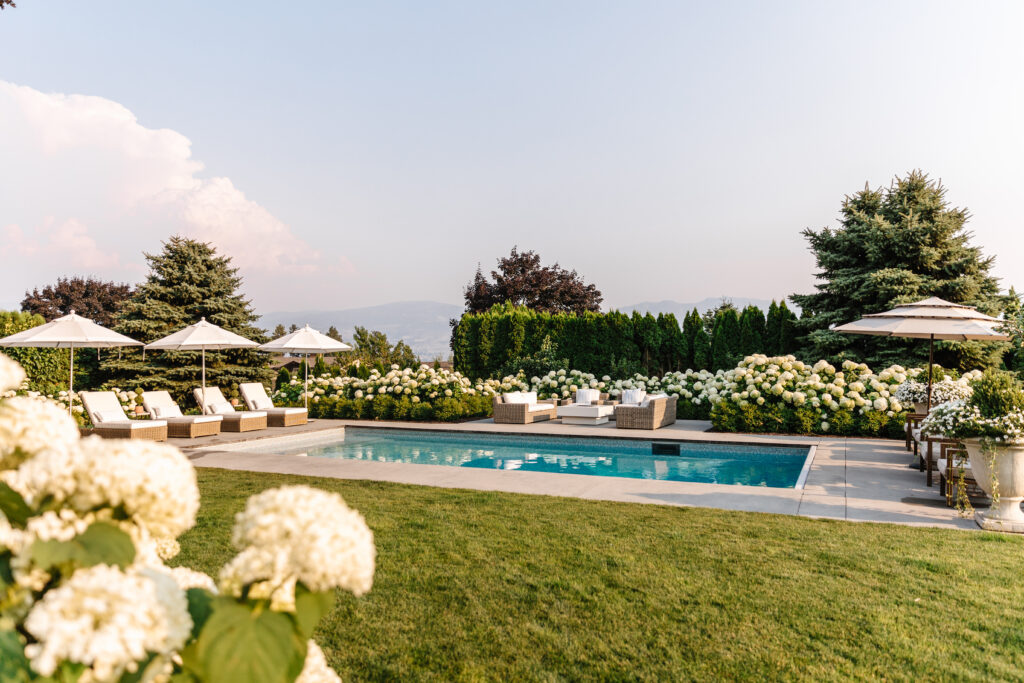
Hydrangeas are such a showy flowering shrub, known for their stunning blooms and ability to elevate any garden or landscape. I’ve always thought they add a touch of elegance and old-fashioned charm to my outdoor space. They happen to be one of my favourite flowers (if you couldn’t tell) and line the entire perimeter of my home and garden. I love that they come back bigger and better every single year!
Tips for Growing Hydrangeas
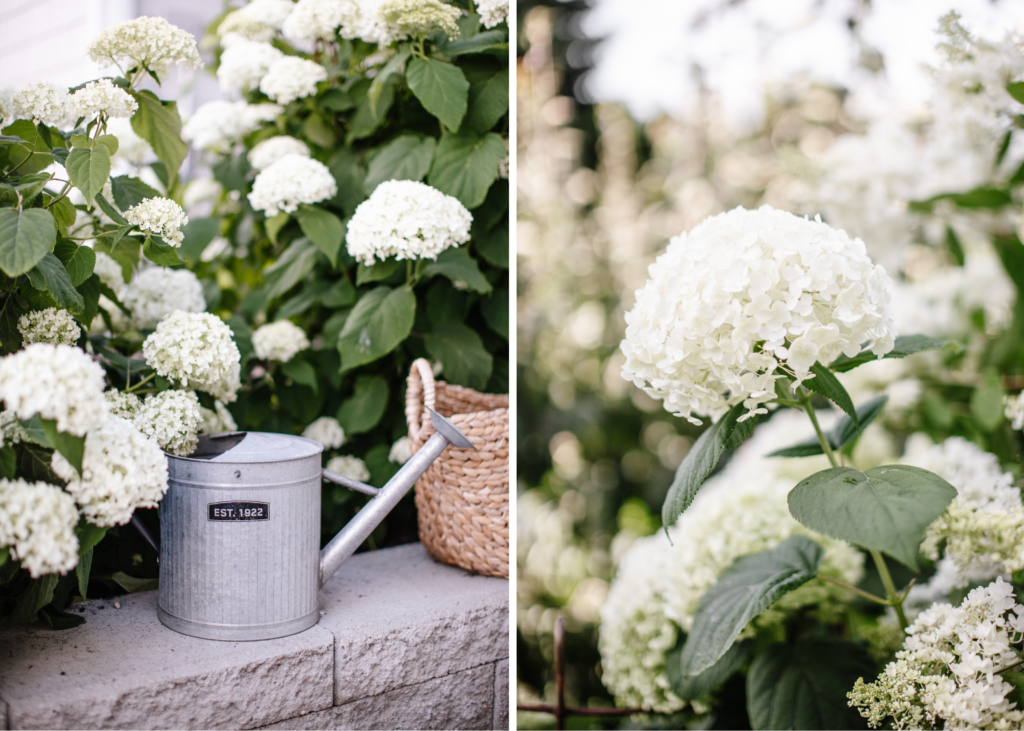

1. How much sunlight do hydrangeas need?
Hydrangeas vary in the amount of sun and shade they prefer, depending on the variety. Full sun (at least 6 hours a day) with afternoon shade has worked best for ours; excessive sunlight can cause the delicate blooms of some hydrangeas to fade. Understanding the specific sunlight requirements of your chosen hydrangea variety is crucial!! Don’t be afraid to ask at your local garden centre and monitor the light situation of the area you are planting them in before you do so. Plant hydrangeas in the fall or spring.
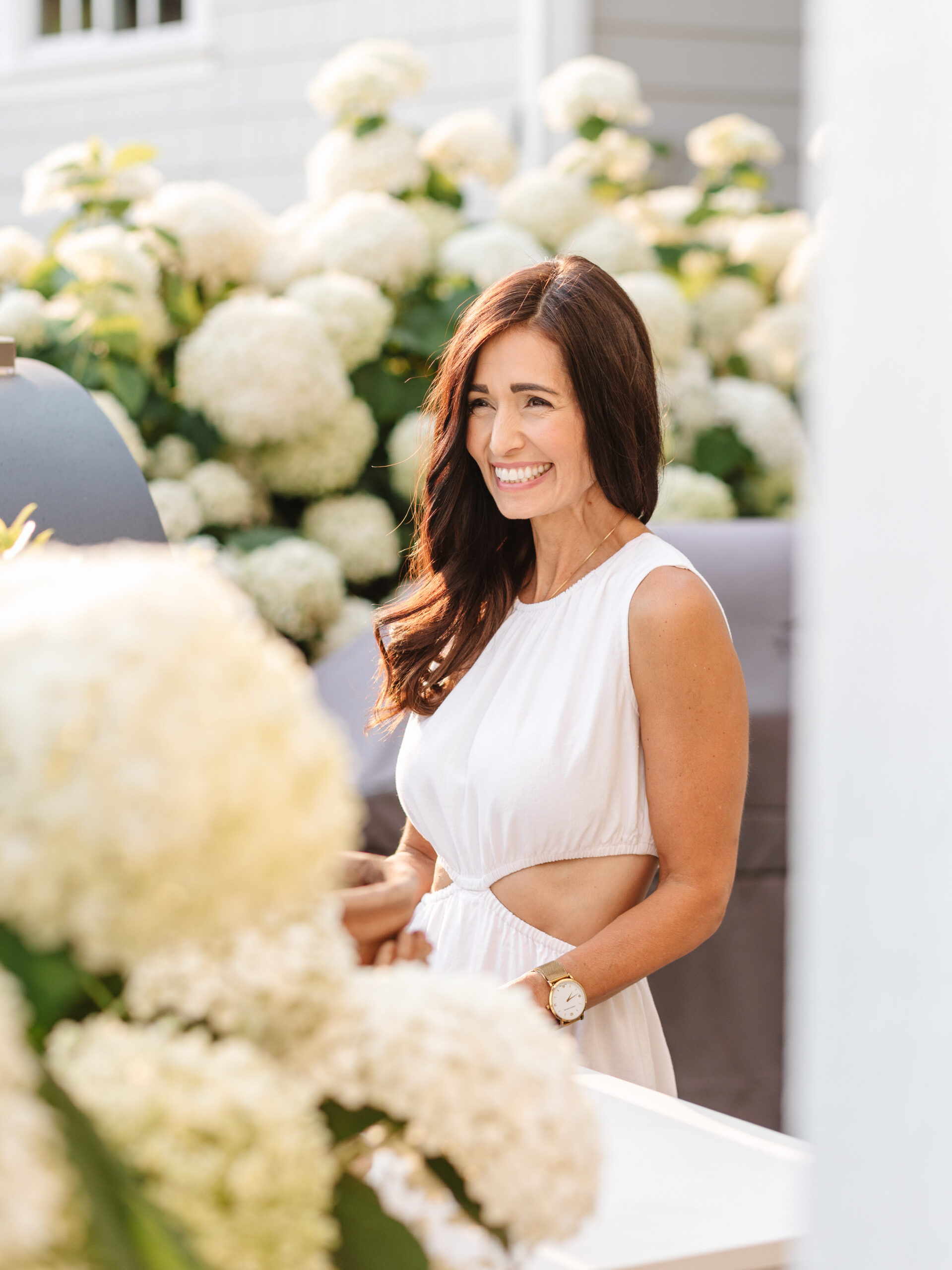

2. How to grow big hydrangeas
As you can see from my photos, my hydrangeas are T-H-R-V-I-N-G! I think I can boil this down to three things:
- Proper spacing. Spacing your hydrangeas when planting is essential to prevent overcrowding, which can hinder their growth. We left about 5 feet between each of our hydrangeas (centre to centre).
- Spring pruning. Regularly remove dead or weak stems and lightly prune in early spring to promote new growth and help the plant flourish.
- Hydrangea cages. I can’t begin to tell you what a difference this has made. We purchased heavy-duty metal cages for our hydrangeas off of Margaret Valley Landscaping and they are the reason the hydrangeas stand so tall. Prior to the cages, the heads of the hydrangeas would get so heavy that they would fall over part way through the season (at that point no amount of tying up with string can help). The cages were the best investment: we put them on the hydrangeas in the spring when they were cut-down and now they just stay there all year long: zero maintenance and the hydrangeas grow around the cages that perfectly support them through the summer. We have two different sizes of hydrangea cages: large (2.5ft tall x 3.5ft wide) and small (2.5ft tall x 1.75ft wide).
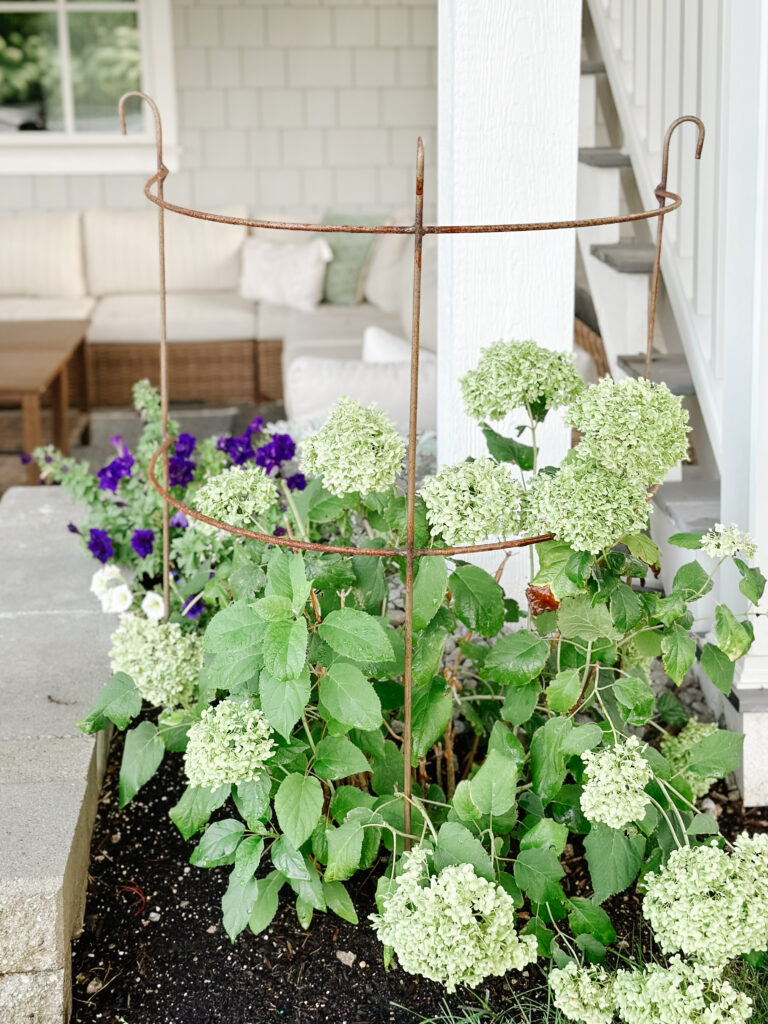



3. How much water and fertilizer do hydrangeas need?
If I had a dollar for how many times I was asked about proper water for hydrangeas…! Arguably, it’s the most important thing to get a proper handle on. Hydrangeas have moderate water needs (“hydra” means water), and require consistent moisture (without becoming waterlogged). Regular consistent watering, especially during dry hot spells, is essential. Water deeply to encourage deep root growth, and consider using mulch to retain moisture and control weeds. Fertilize hydrangeas once a year with a 15-30-15 formula or similar in the spring to help promote healthy and vibrant blooms!


4. How do you care for hydrangeas in the winter?
Winter care for hydrangeas truthfully depends on the variety. Some types, like the mophead and lacecap hydrangeas, bloom on old wood (last year’s growth), while others, such as the smooth hydrangea (which includes the Incrediball variety that we have), bloom on new wood (current year’s growth).
To determine when to prune, identify the blooming pattern of your hydrangea. If it blooms on old wood, wait to prune until after it flowers in summer. For varieties blooming on new wood, prune in late winter or early spring before new growth emerges. Since ours is the latter, we cut them down to the ground every fall and watch them grow like magic in the spring.
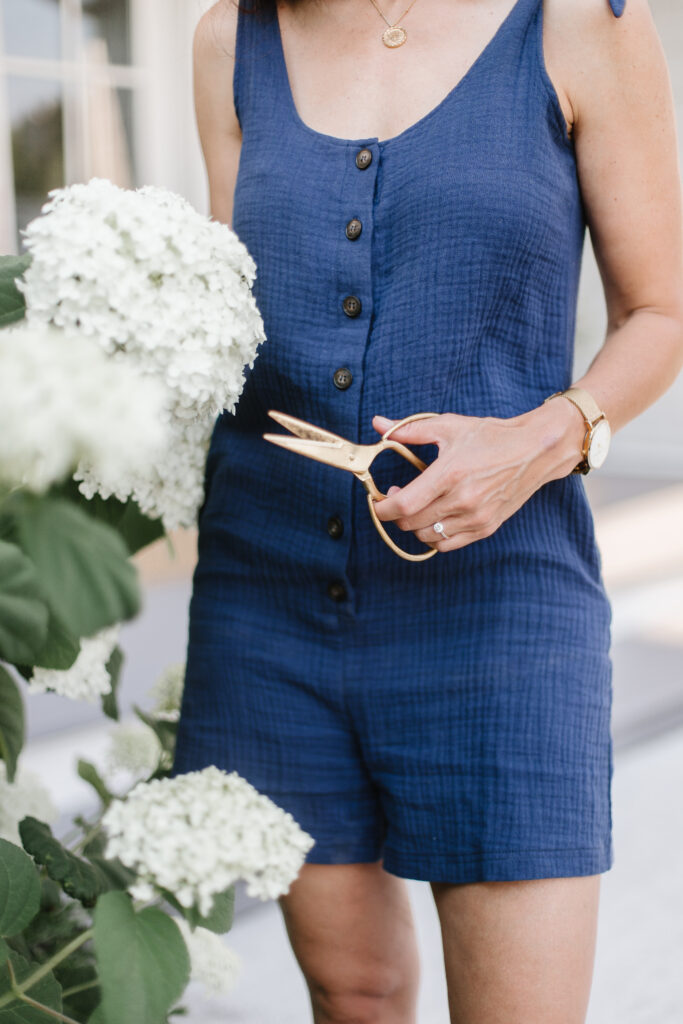



5. What is the best variety of hydrangeas to grow?
Hydrangeas come in a range of colours, sizes, and shapes! I’ve planted a number of them over the years, but none has rivalled the Incrediball variety that we now have EVERYWHERE! They are sturdier than the Annabelle variety and produce stunning large white blooms. I found this interesting article outlining a number of beautiful varieties that you may want to read.
In addition to the Incrediball hydrangeas, we also have two top-grafted strawberries and cream hydrangeas in our front yard that I also recommend: their blooms start off a creamy white and turn a stunning shade of rosy pink through the summer.
Popular hydrangea species include:
- Bigleaf (mophead and lacecap) – hydrangea macrophylla are the ones that can change colour from pink to blue or visa versa.
- Oakleaf
- Panicle (limelight)
- Smooth: This is the type I have in my home (Incrediball) and you can learn more about them here.


6. How to cut (and dry) hydrangeas
So you’ve grown the most beautiful hydrangeas in your yard—now what? By all means, leave them on the bush to be admired, but I love cutting them and keeping a fresh vase full within my home. If and when they start to wilt, I have the perfect hack to revive them too! Checkout: How To Revive Wilted Hydrangeas!
As if we all needed more reasons to love hydrangeas, they can be dried and kept all-year-long. The easiest way to dry your hydrangeas out is to remove the lower leaves, and place the stems in a vase filled with water. As the water evaporates, the hydrangeas will gradually dry! You can also hang them upside down in a cool, dry location to air-dry.


7. Can you change colours of your hydrangeas?
YES! But not all varieties can do this. The variety that we planted, Incrediball, produces only white flowers that turn green later in the summer.
Changing the colour of yours hydrangeas is possible for certain varieties, and the colour is determined by the soil pH. The pH level affects the availability of aluminum in the soil, which in turn affects the colour of the hydrangea blooms. You can control the colour by altering the pH (see below). Anyone else feel like they are in science class, or is it just me?!
Here are some methods to change the colour of hydrangeas:
- Acidic soil for blue: To encourage blue blooms, you need to create an acidic soil environment with a pH between 5.2 and 5.5. You can achieve this by adding sulfur or aluminum sulfate to the soil.
- Alkaline soil for pink: To promote pink blooms, you need to create an alkaline soil environment with a pH between 6.0 and 6.2. You can achieve this by applying garden lime or dolomite lime to the soil.
- How to test soil pH: It’s crucial to test your soil’s pH before attempting to change the colour of hydrangeas. Soil pH test kits are available at gardening centers or even online. By knowing your soil’s pH, you can determine the necessary adjustments to achieve your desired hydrangea colour! And feel like a total wizard in the process…
To learn more visit here!
P.S. Are you looking for more garden and backyard inspiration?! Try these other blogs:
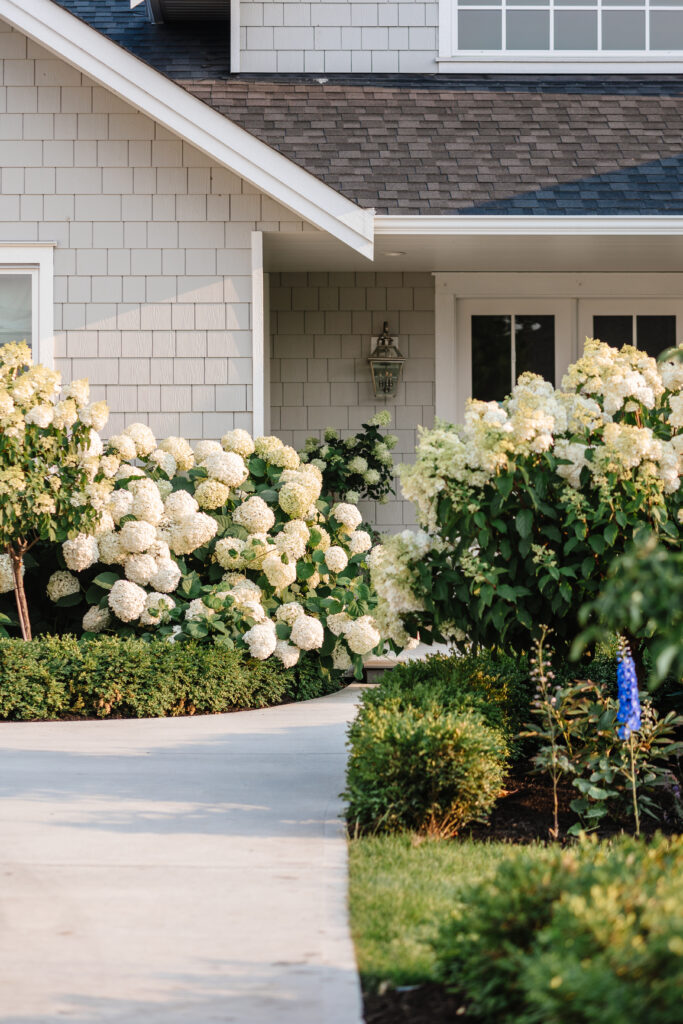

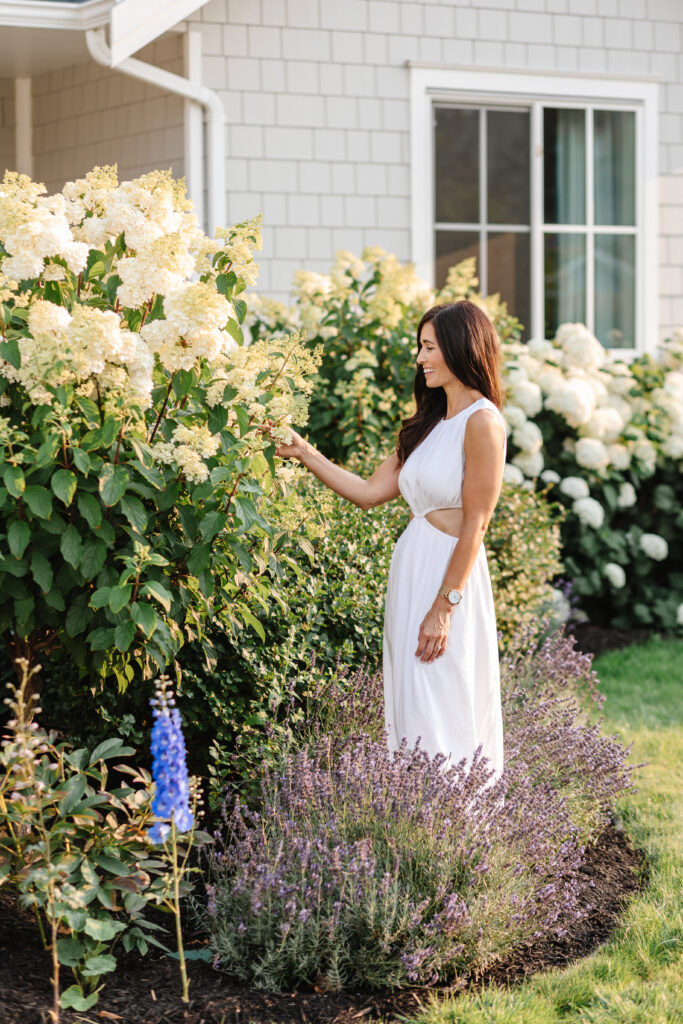

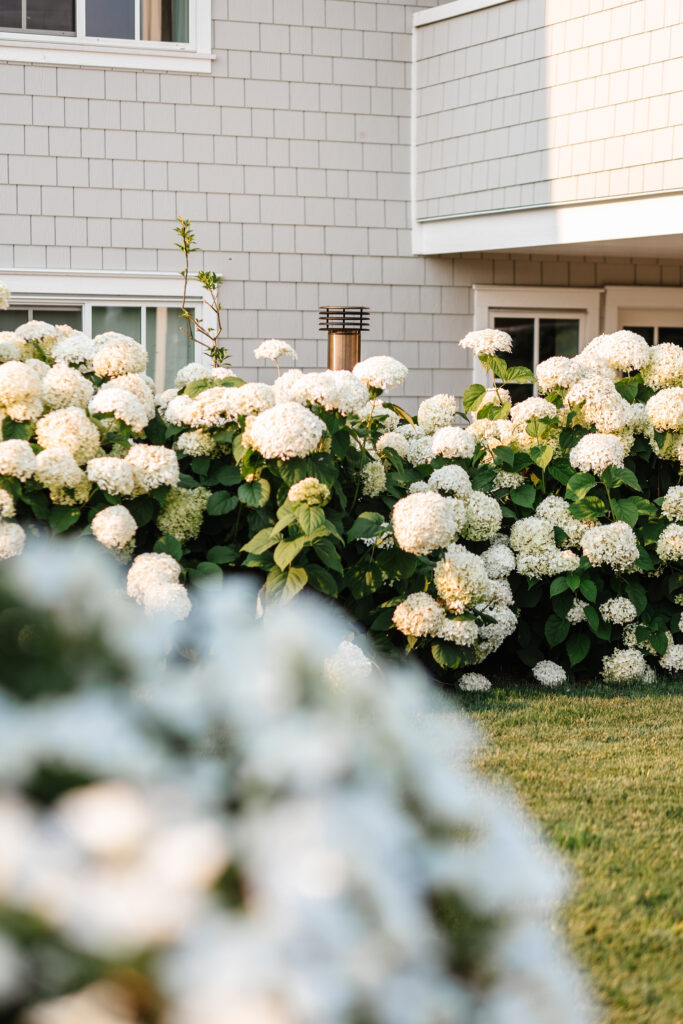






:max_bytes(150000):strip_icc()/20240827-SEA-Green-broccoli-leek-and-snap-pea-soup-VyTran-HERO-33-5726b662e7f642cdbac08f1a44c29294.jpg?w=238&resize=238,178&ssl=1)

:max_bytes(150000):strip_icc()/State-of-NA-FT-MAG-0425-688ee5bcac3c4c11985b905aba855e0c.jpg?w=238&resize=238,178&ssl=1)



:max_bytes(150000):strip_icc()/20240827-SEA-Green-broccoli-leek-and-snap-pea-soup-VyTran-HERO-33-5726b662e7f642cdbac08f1a44c29294.jpg?w=100&resize=100,75&ssl=1)

